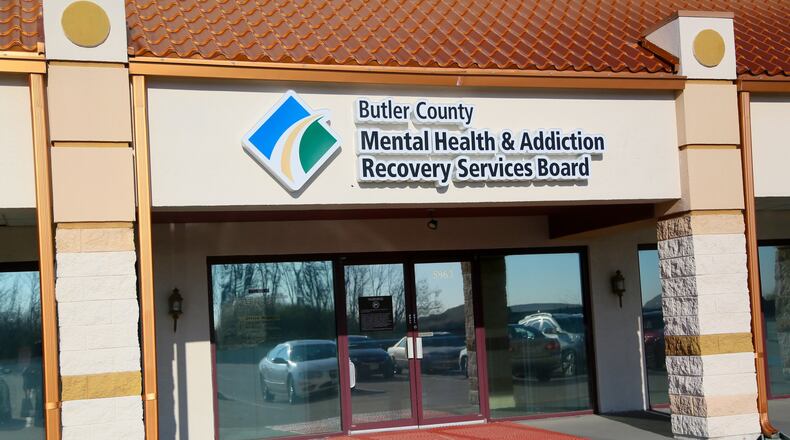The Mental Health and Addiction Recovery Services Board developed a $3.6 million annual Opiate Business Plan almost two years ago, but until recently, funding has been a challenge. The only funding source has been $600,000 in federal funds.
RELATED: Plan attacks Butler County heroin epidemic with $3.6 million
When the mental health and addiction boards merged several years ago, they were told they could not use mental health levy funds to support addiction services. A second look at the issue by County Prosecutor Michael Gmoser changed that view.
He said addictions are a form of mental illness and therefore qualify for some of those levy funds, which total about $10 million.
“If we haven’t learned anything from the opioid crisis over the past several years, we have at least learned that it is one hell of a mental problem for the people that are suffering with that addiction,” Gmoser said. “Consequently in a review of the law and the language of the law I felt that it was appropriate to interpret it the way I have.”
The Mental Health and Addiction Recovery Services Board board directed $500,000 worth of levy funds to the opiate attack this year and when the new fiscal year starts in July the amount will more than double to $1.2 million. After that $2 million annually will come from levy funds and infusions of cash from the state and federal governments to provide addiction services.
Mental Health and Addiction Recovery Services Executive Director Scott Rasmus said they are inching ever closer to being able to fully fund the entire plan.
“The $2 million was originally supposed to be levy but now we’re using state and federal money to back-fill that,” Rasmus said. “The rest of the money to support the plan is targeted to come from Medicaid and additional state and federal money… For most of it we do have sources but there are still some aspects of it we need additonsal money.”
The opiate plan is a multi-pronged attack that includes detox services, recovery housing, Narcan kits for family and friends, additional residential treatment beds and prevention education.
One component of the plan is a new devise called a “Bridge” that lessens withdrawal symptoms. Rasmus said in the next couple weeks they will launch a pilot program with three of their providers, Community Behavioral Health, Modern Psychiatry and Wellness and BrightView.
Each provider will treat 10 addicts with the electronic devise. Rasmus said the relatively new product is showing promise, in that the horrible withdrawal symptoms — that might keep someone from wanting to get clean — are minimized.
“It alleviates up to 80 to 90 percent of the symptoms,” Rasmus said. “It sort of manages them just through this little devise that goes behind the ear that creates an electronic pulse, it basically masks a good portion of the withdrawal symptoms.”
About the Author
